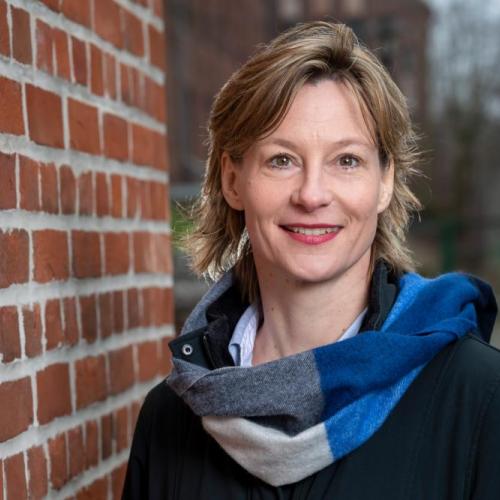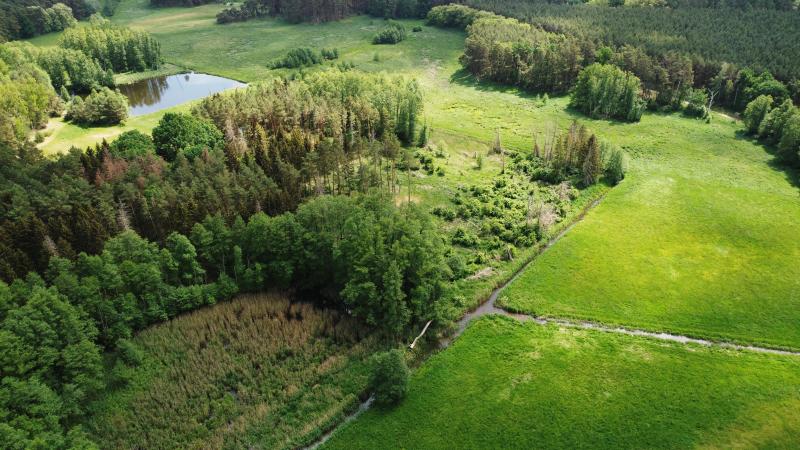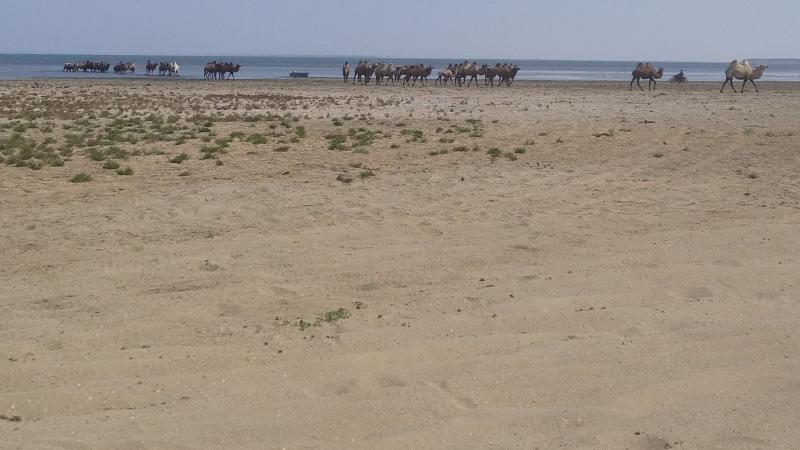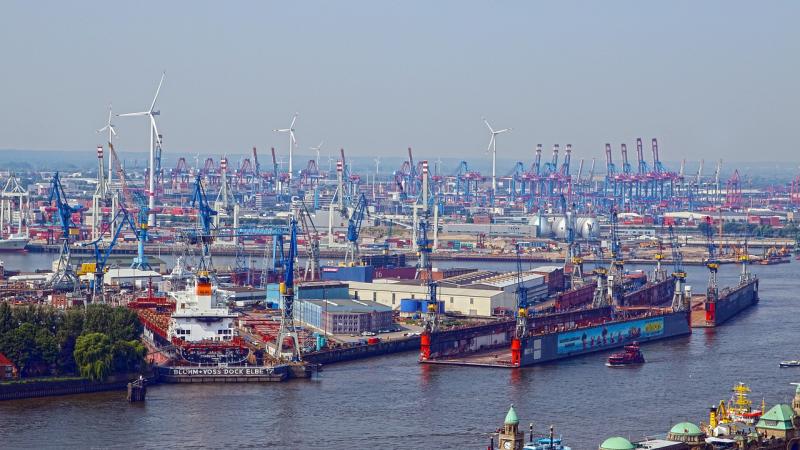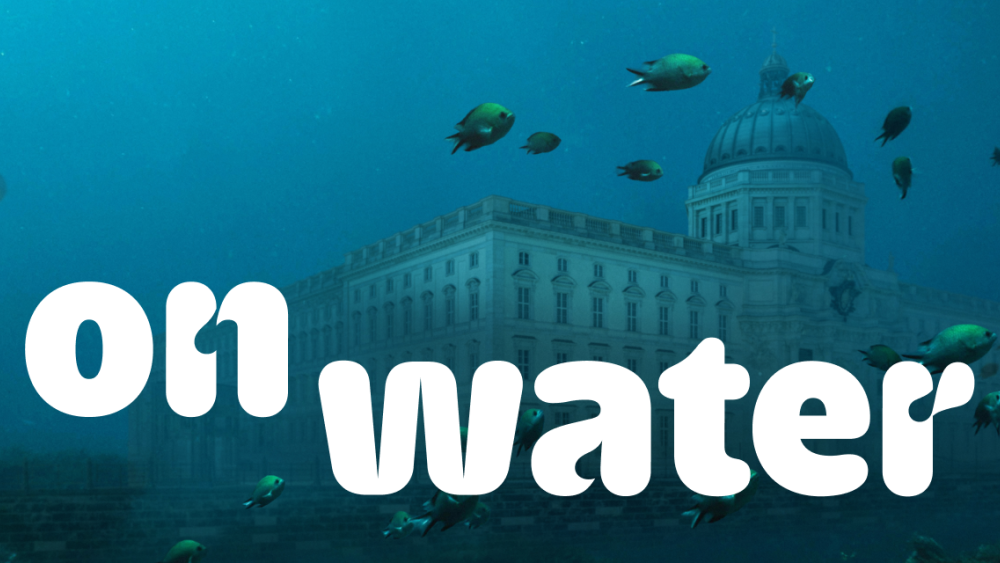
© Berlin University Alliance
Dörthe Tetzlaff, ecohydrologist at IGB and professor at the Humboldt-Universität zu Berlin, is researching how cities like Berlin can address these challenges. “When it rains in Berlin, the water usually hits sealed surfaces – so it cannot infiltrate the ground and is therefore also missing from surface waters,” explains the researcher. At the same time, dry periods are increasing in length, frequency and intensity. “Whereas dry and wet years used to alternate, this balance is now missing. We therefore need new solutions that retain water in urban areas.”
One approach involves nature-based solutions, such as green gullies: enlarged infiltration areas around street drains that store water and supply it to urban trees. In combination with the protection and expansion of green spaces, these measures can help to stabilise the city's water balance and increase its resilience to extreme weather events.
In keeping with this theme, the exhibition ‘On Water. WasserWissen in Berlin’ will open at the Humboldt Labor of the Humboldt Forum. It showcases research projects related to water of the Berlin University Alliance (BUA) and highlights the diversity of this element. Dörthe Tetzlaff actively participated in the exhibition and is represented by an audio contribution. In total, more than 50 scientists and students from Berlin contributed their perspectives and current research projects. These were accompanied by six artistic works.
Find out more about the research of the Landscape Ecohydrology Group’ research >


